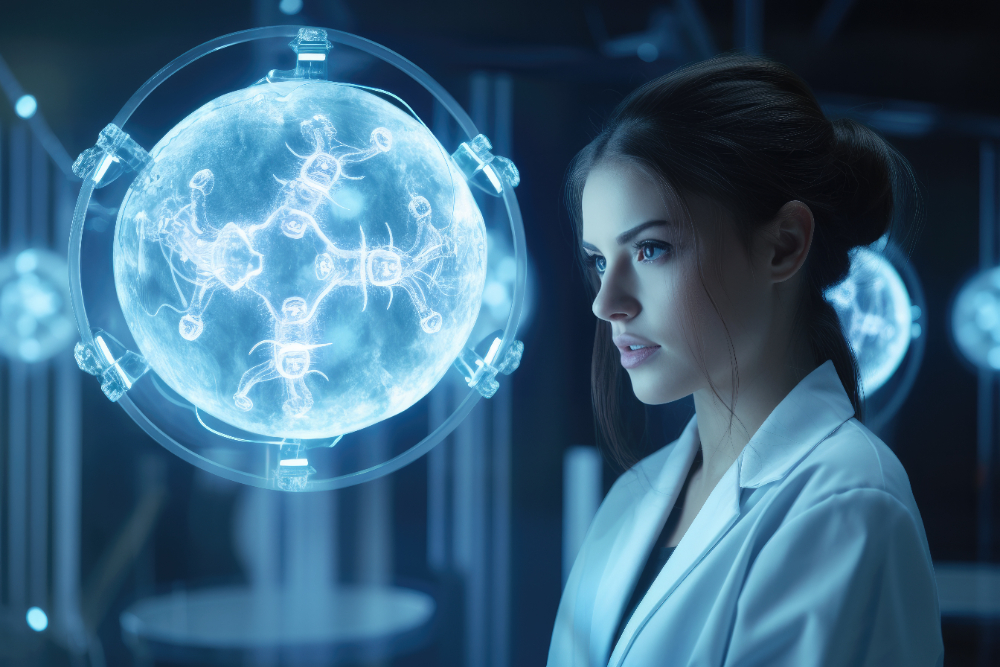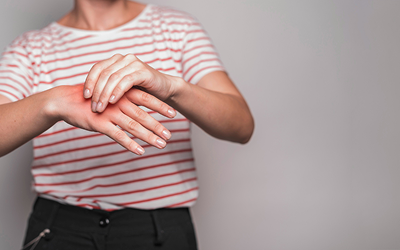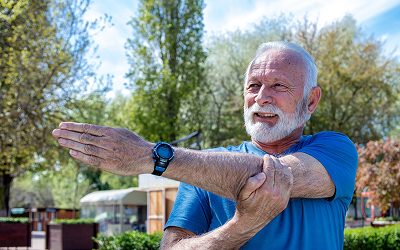We've all had those moments, gazing out a window, dreaming of fantastical abilities – flight, underwater breathing. While we may not possess superpowers, nature has provided us....
Read MoreHow MSCs can help with connective tissue regen

Connective tissues, the unsung heroes of our bodies, silently work to support, connect, and repair. From tendons and ligaments to cartilage and blood, these tissues are essential for our daily function. Yet, we often overlook their importance until injury or degeneration strikes.
Understanding Connective Tissue:
These tissues fall into two main categories:
- Connective Tissue Proper: This includes dense tissues like tendons and ligaments, known for their tightly packed fibers, and loose tissues that anchor organs.
- Specialized Connective Tissue: This diverse group includes fat, cartilage, bone, blood, and lymph, each with unique functions.
Tendons and ligaments, vital for movement, are prone to injuries, especially in active individuals. Their slow healing process and susceptibility to age-related degeneration highlight the need for innovative therapies.
Enter Mesenchymal Stem Cells (MSCs):
MSCs are remarkable for their regenerative potential. They are “multipotent,” meaning they can differentiate into various cell types, including bone, cartilage, and fat. Among MSC sources, umbilical cord-derived MSCs (UC-MSCs) stand out.
Why UC-MSCs?
- They multiply rapidly.
- They can differentiate into the three primary cell layers, crucial for tissue repair.
- They offer a non-invasive collection method.
- They have a low risk of infection and tumor formation.
- They are less likely to trigger immune responses.
UC-MSCs and Tendon Repair:
UC-MSCs have shown great promise in tendon and ligament regeneration. Studies have
demonstrated their ability to:
- Effectively repair damaged tendon tissue.
- Promote the formation of new blood vessels.
- Enhance collagen fiber regeneration.
- Improve healing of the medial collateral ligament (MCL) of the knee.
- Reduce tear size in rotator cuff injuries.
- Improve movement distance and speed post rotator cuff injury.
These findings suggest that UC-MSCs can not only aid surgical recovery but also serve as a
standalone therapy for connective tissue damage.
Happy Valley's Approach:
At Happy Valley, we are committed to harnessing the regenerative power of UC-MSCs to revitalize connective tissues. We believe in proactive, personalized care, and UC-MSC therapy aligns perfectly with this philosophy. By leveraging the body’s natural healing abilities, we aim to provide effective, minimally invasive solutions for tendon, ligament, and other connective tissue
injuries.
We are dedicated to staying at the forefront of regenerative medicine, offering innovative therapies that empower you to regain optimal function and live a healthier life.
Works Cited:
- Kamrani, P., Marston, G., Arbor, T. C., & Jan, A. (2024). Anatomy, Connective Tissue. In StatPearls. StatPearls Publishing. http://www.ncbi.nlm.nih.gov/books/NBK538534/
- Asahara, H., Inui, M., & Lotz, M. K. (2017). Tendons and Ligaments: Connecting Developmental Biology to Musculoskeletal Disease Pathogenesis. Journal of bone and mineral research : the official journal of the American Society for Bone and Mineral
Research, 32(9), 1773–1782. https://doi.org/10.1002/jbmr.3199 - Li, Z., Hu, X., & Zhong, J. F. (2019). Mesenchymal Stem Cells: Characteristics, Function, and Application. Stem cells international, 2019, 8106818.
https://doi.org/10.1155/2019/8106818 - Nishimura, T., Yamaguchi, S., Yoshimura, K., Rubinstein, P., & Takahashi, T. A. (2011). Isolation and characterization of mesenchymal stem cells from human umbilical cord blood: reevaluation of critical factors for successful isolation and high ability to proliferate and differentiate to chondrocytes as compared to mesenchymal stem cells from bone marrow and adipose tissue. Journal of cellular biochemistry, 112(4), 1206–1218.
https://doi.org/10.1002/jcb.23042 - Nagamura-Inoue, T., & He, H. (2014). Umbilical cord-derived mesenchymal stem cells: Their advantages and potential clinical utility. World journal of stem cells, 6(2), 195–202.
https://doi.org/10.4252/wjsc.v6.i2.195 - Yea, J. H., Kim, Y., & Jo, C. H. (2023). Comparison of mesenchymal stem cells from bone marrow, umbilical cord blood, and umbilical cord tissue in regeneration of a full-thickness tendon defect in vitro and in vivo. Biochemistry and biophysics reports, 34,
101486. https://doi.org/10.1016/j.bbrep.2023.101486 - Lee, C. S., Jeon, O. H., Han, S. B., & Jang, K. M. (2023). Mesenchymal Stem Cells for Enhanced Healing of the Medial Collateral Ligament of the Knee Joint. Medicina,
59(4), 725. https://doi.org/10.3390/medicina59040725 - Kwon, D. R., Park, G. Y., & Lee, S. C. (2018). Treatment of full-thickness rotator cuff tendon tear using umbilical cord blood-derived mesenchymal stem cells and polydeoxyribonucleotides in a rabbit model. Stem Cells International, 2018.
https://doi.org/10.1155/2018/7146384
Sources and related content
You Might Also Like
The many benefits of MSCs on bone flaws and cartilage damage
It’s just a fact of life that as you get older, pains start to creep up in places they didn’t used to be. Joints begin to ache from just a little use, and getting up from your favorite chair, or...
Read MoreEmbracing Graceful Aging: The Role of UC-MSCs
As we navigate the journey of aging, maintaining vitality and well-being becomes paramount. At Happy Valley, we're exploring innovative approaches to support healthy physical aging.....
Read More


